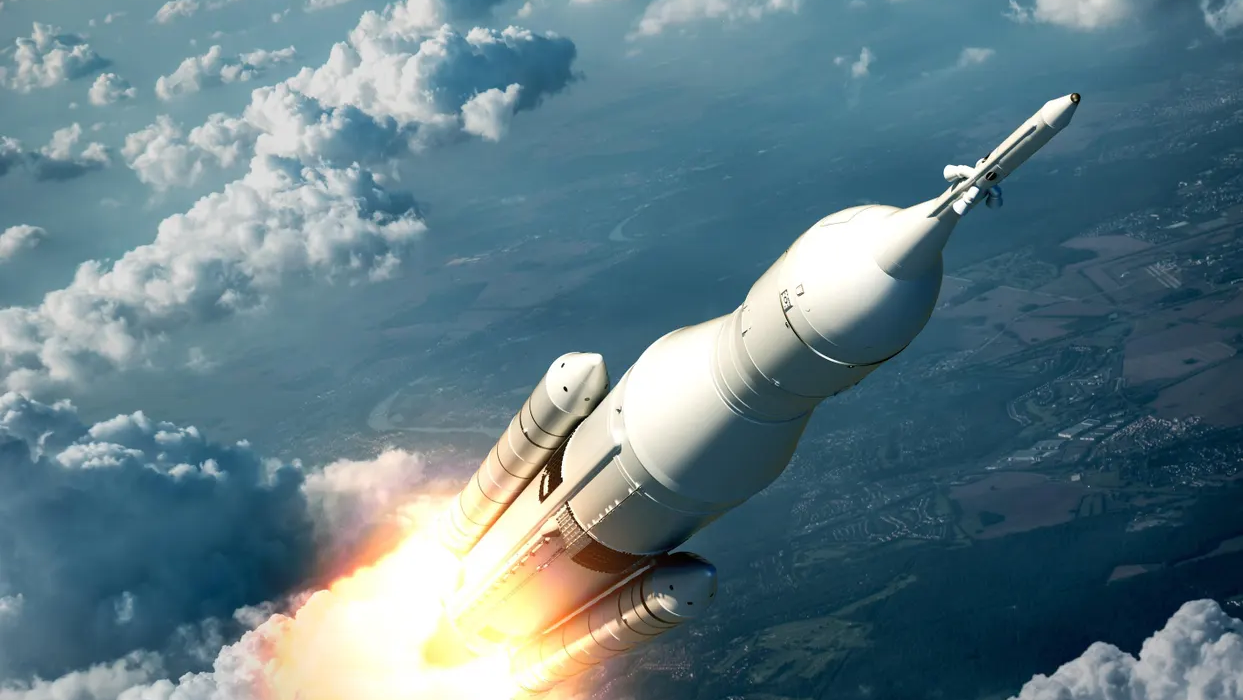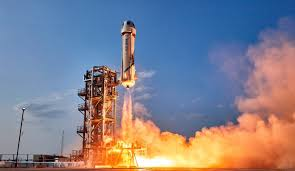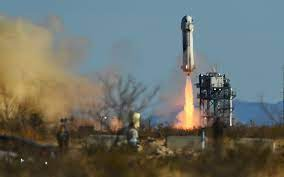Now Reading: The Space Race 2025: Exciting Global Competition for the Future
-
01
The Space Race 2025: Exciting Global Competition for the Future
The Space Race 2025: Exciting Global Competition for the Future

Table of Contents
The phrase “The Space Race” once described the Cold War rivalry between the United States and the Soviet Union in the 1960s. It was a battle of prestige, technology, and global dominance that led to the first man on the Moon. More than half a century later, the world is witnessing a new space race—but this time, it is not just about two superpowers. Instead, it involves nations, private companies, billionaires, and powerful new technologies that are redefining how humanity sees its future beyond Earth.
This renewed race is not only about landing astronauts on planets or launching satellites. It is about global influence, military power, scientific innovation, and trillion-dollar opportunities in space exploration and commercialization.
From Cold War to Commercial Era
The original space race began in 1957 when the Soviet Union launched Sputnik, the first artificial satellite. This shocked the United States and triggered a competition that peaked in 1969, when American astronaut Neil Armstrong became the first human to walk on the Moon.
Today’s space race is different. Instead of being led by governments alone, it is driven by a mix of public and private investment. Billionaires such as Elon Musk (SpaceX), Jeff Bezos (Blue Origin), and Richard Branson (Virgin Galactic) have entered the race, promising space tourism, lunar bases, and even missions to Mars.
Unlike the 20th-century race, which was mostly symbolic, the modern space race is commercial and strategic. Satellites power our GPS, internet, climate monitoring, and defense systems. Countries and companies see space as the next frontier for economic growth and national security.
The Key Players in the Modern Space Race

1. United States
The U.S. remains a leader in space technology through NASA and private firms like SpaceX. NASA’s Artemis program aims to send astronauts back to the Moon by 2026, with the long-term goal of reaching Mars. SpaceX has revolutionized the industry with reusable rockets, drastically cutting launch costs.
2. China
China has emerged as a serious challenger. The country’s Chang’e missions have already landed rovers on the Moon, and its Tiangong space station is fully operational. China’s goal is clear: establish a permanent presence on the Moon and challenge U.S. dominance in space.
3. Russia
Once a pioneer in space, Russia’s influence has declined in recent years. However, it still maintains strong space capabilities and partnerships, especially in crewed missions to the International Space Station (ISS).
4. India
India has made impressive progress at low cost. The Chandrayaan-3 mission successfully landed near the Moon’s south pole in 2023, making India the first country to achieve this milestone. India also plans a human spaceflight mission and is positioning itself as a leader among emerging economies.
5. Private Companies and Billionaires
SpaceX leads in reusable rockets, while Blue Origin and Virgin Galactic target space tourism and infrastructure. Other companies are exploring asteroid mining, satellite internet, and deep-space exploration. These firms see space not just as science, but as business.
Why the Space Race Matters Today
- National Security – Satellites control navigation, communication, and even military systems. Countries that dominate space also dominate global defense strategies.
- Economic Opportunities – The global space economy is projected to exceed $1 trillion by 2040. Industries include satellite broadband, space mining, tourism, and energy collection.
- Scientific Discovery – From studying black holes to finding evidence of life on Mars, space exploration fuels our understanding of the universe.
- Global Prestige – Just like in the 1960s, being first in space boosts national pride and global influence.
- Survival of Humanity – Some experts argue that colonizing planets like Mars is essential for humanity’s long-term survival.
Space as the New Battlefield
While exploration and business drive much of the excitement, there is also a military dimension. Several nations are developing “space forces” to protect satellites and prevent rivals from gaining an upper hand. The idea of “space weapons” once belonged to science fiction, but it is slowly becoming a reality.
This has raised concerns about the militarization of space. Will satellites be targeted in future wars? Could conflicts move beyond Earth’s atmosphere? These questions make the space race not only about discovery but also about security risks.
The Role of International Cooperation

Despite rivalry, cooperation in space still exists. The International Space Station has been a symbol of collaboration between the U.S., Russia, Europe, Japan, and Canada. Future projects, such as NASA’s Gateway station around the Moon, may also involve multiple nations.
However, as competition grows, experts worry that space could become divided into spheres of influence, much like Earth during the Cold War. Treaties and international laws may need to be updated to prevent disputes over lunar land, asteroid mining rights, and satellite interference.
The Future of the Space Race
The modern space race is just beginning. In the next two decades, we may see:
- Permanent human bases on the Moon.
- The first crewed mission to Mars.
- Large-scale space tourism for civilians.
- Asteroid mining for rare minerals.
- Space-based solar power supplying Earth.
What was once science fiction is now being actively planned by governments and companies. The question is not if these milestones will happen, but who will achieve them first.
Conclusion
The space race of the 21st century is far more complex than the one that began in the 1960s. It involves superpower politics, corporate ambitions, and a vision of humanity’s future beyond Earth.
While rivalry can lead to tension, it also accelerates progress. Without the U.S.-Soviet rivalry, humanity may never have reached the Moon so quickly. Today’s competition could bring similar breakthroughs—making space exploration cheaper, faster, and more accessible than ever before.
Whether it’s the United States, China, India, or private companies that lead the way, one thing is clear: the new space race is here, and it will shape the future of humanity.
Read More:- Shobha Realty Launches Its Most Luxurious Project Yet—Full Details Inside 2025



















